Content
How to grow ayuga on a plot, or a creeping tenacious
Ayuga grows all over the globe, and everywhere its beauty conquers gardeners and convinces them to decorate their plot with amazing flowers. Its popular names are Dubnik, Vologodka, Dubrovka, Nevidalka and Nemirashka.
Ayuga owes its last names to its amazing endurance and unpretentiousness, nevertheless, the flower has its weak points. When planting and caring for a tenacious, it is necessary to take into account the conditions of its origin: forest partial shade or shade in the temperate zone of Europe and Asia.
Description of the plant and selection of the best varieties
Neumirashka easily adapts, therefore it grows all over the world and for the same reason it is very diverse in appearance and habits. Tenacious (Ayuga, Ajuga is the Latin name) is a genus of herbaceous plants, a family of labiates, and only in Europe it unites 70 species. Therefore, it is difficult to give a general description of the tenacious.
The height of ayuga is from 50 to 500 mm. Foliage is of the opposite type. The main shades of the inflorescences: blue, purple, blue, yellow. By life expectancy: one- and perennial. By cycle duration: evergreen, semi-deciduous, deciduous.
Interesting fact
Ayuga is a shade-loving or shade-tolerant flower, but two of its species have managed to take root even in sunny Australia.
In medicine and sports, Turkestan nemirashka is used: its extract has a tonic effect. The most popular among Russian gardeners are creeping, pyramidal and Geneva tenacious: they are grown as a ground cover or decorative leafy culture. Landscape designers also recommend using Ayuga for equipping rockeries, rock gardens, mixers.
Recommended vigor seeds for planting
Among the many varieties, there are some of the most popular leaders:
- Tenacious Multicolor, with a multicolored leaf color that changes when light is incident from different angles. Staying in the shade, it turns dark green with small splashes of pink and yellow. When sunlight hits the foliage, the color changes to purple with splashes of red and scarlet. The best place to plant is partial shade.
- Chocolate shavings, the foliage of which is oval and small, colored purple or dark green. The grass quickly fills the area, forming a carpet, up to 5 cm high. It takes root on loams, both in the shade and in the sun.
- Pink elf (pink elf) has small, green leaves. While developing, the tenacious releases a large number of pink inflorescences.
- Dark purple - one of the most popular varieties, it is distinguished by its unpretentiousness to the planting site and the level of illumination. And foliage, painted in purple, and blue inflorescences become a worthy decoration of any flower bed.
- Rainbow, with multi-colored foliage, allows you to create a panel on the ground with basic purple and green shades, with frequent intersperses of red, scarlet, white, yellow spots.
- Polar fox - tenacious, which has very beautiful leaves: light green, with snow-white stains. The streaks leave almost no room for the main color of the foliage. The variety does not tolerate planting even in partial shade and is very picky about soil moisture.
- Polar snow - a modern, only gaining popularity variety. It attracts with its color: a large white blotch is located on the dark green background of the leaf, as if drawn with a brush.The variety is not picky about the soil and the level of illumination.
Preparatory work
Having chosen the variety that is most suitable for the site and your purposes, it is important to prepare the material, soil and choose the planting time.
When to plant
There is one requirement in this matter: stable heat. The plant does not tolerate frost well, but it tolerates cool enough. Therefore, the tenacious plant is planted throughout the season: from May to August (or September in regions with a warm climate).
Where to place
It is most logical to select a variety of tenacious, based on your site for a flower bed. If you need to plant a beautiful carpet in a sunny place, use the Polar Fox variety. For shade and partial shade, the choice is much wider: this is a favorite place for most Ayugs.
Important! You should not plant the tenacious like lawn grass: it can die even with a single pass through it. An ugly bald patch will form that will take time to fix.
Tender primroses and other touch-sensitives will not withstand the neighborhood with the life-loving Ayuga. A lush oak tree will quickly deprive weak neighbors of food and light, and they will die. On the contrary, they will get along well with a creeper:
- shrubs of any kind;
- garden trees;
- rudbeckia;
- irises;
- delphinium;
- loosestrife;
- zinnias;
- hosts.
A good solution would be to use a tenacious plant for landscaping and moisture retention near the trunk circle of large trees, in the shade of arbors and buildings.
Preparing the soil for planting
For better growth, nemirashka is planted on light, fertile types of soils, which ensure the unhindered passage of oxygen to the roots of the plant. Therefore, you will need to prepare the soil for planting, taking in equal shares:
- sand;
- peat;
- the top fertile soil layer from the garden;
- rotted manure or soil from a compost heap.
All components are well mixed and poured over the expanded clay drainage layer. The root system of plants is small, therefore, the layer of prepared soil mixture should not be made large, 120-160 mm is enough.
Basic planting methods
The creeping insect is propagated either by seeds or by division, i.e. in a vegetative way. The latter is used mainly for planting in open ground. The seeds are also sown for seedlings.
Planting seeds in open ground
This is the preferred method if the Ayuga is first settling on the site. It is recommended to purchase prepared, processed seeds, and sow them immediately on a permanent place.
It is allowed to sow tenaciousness in late autumn, contrary to the general rule. To protect future sprouts, plantings are covered with non-woven material or covered with a small layer of fallen leaves or grass. In this case, the seeds will undergo natural hardening and stratification, and in the spring, removing the awning, you will get seedlings much earlier.
More often, however, Ayuga is sown in the spring, when constant heat is established. If the seeds are sown earlier, when the ground has warmed up only to 5-7 ° C, the planting is covered with a uniform layer of compost or peat. Then the bed is watered with water at room temperature.
When planting seeds, it is important to adhere to the basic rules:
- the depth of the seeds is 20-30 mm;
- the distance between plants in a row is 80-100 mm;
- row spacing - 100-150 mm.
The seeds of the creeping tenacious are large enough, so it will be easy to place them correctly in rows.
Important! When sprouts appear, it is necessary to carefully monitor the weeding and immediately remove the weeds so that they do not take food from the immature plants.
Vegetative method
The work on vegetative propagation of Ayuga seedlings can be done in two ways:
- dividing the root;
- outlet compartment.
Divide the root of an adult bush. In this option, the soil is poured abundantly with water for a week. This gives a rapid growth of young roots and makes the soil loose. Then they carefully tear off the root system of the old bush and divide it so that each section of the rhizome contains at least three nodes. The operation is performed with a sharp knife or pruner.The finished seedling is moved into the prepared soil with a gap of no more than 260 mm to the neighboring bush. If necessary, leave the apical kidney above the ground.
Root division is used only in the spring, before flowering bushes and before extreme heat.
To propagate the tenacious in the second vegetative way, ready-made sockets are separated on an adult bush and planted in prepared soil. While the sockets are being accepted, they are watered daily in small portions. Later, watering is reduced.
The second method is suitable for all types and varieties of Ayuga and can be carried out throughout the season with warm weather.
Growing and relocating seedlings
In garden stores and markets, you can find ready-made seedlings from nemirashka sockets. Such sprouts are moved to the site only in early spring, at a minimum ground temperature of + 5 ° C, although the seedlings can easily withstand a short-term frost down to -7 °.
Advice! When buying seedlings, be sure to read the instructions of the breeders on planting and caring for the creeping tenacious variety.
It is necessary to plant bushes either in the early morning or in the evening. The procedure is carried out similarly to the reproduction of Ayuga in other ways. The main thing is to have time to plant before the hot period and water the sprouts abundantly. It is better to make a small tubercle around the stem of the seedling so that it flutters less with the wind and to increase the root system.
Plant care
The main care period is the first weeks of growth of the seedlings after planting. At this time, water them with a little water in the early morning or evening. If the zest is planted in a sunny place, at first it will need to be sheltered from hot rays. After the first main leaf appears, daily watering must be stopped, but make sure that the soil under the bushes remains constantly wet.
Cracks must not be allowed, otherwise the roots of the tenacious can break when the earth diverges, which will destroy the plant. Loose and moist soil will allow oxygen to pass to the roots and sufficient nutrition.
Advice! To propagate a tenacious self-seeding, it is important to completely loosen the soil in the garden - so that the seeds from the boxes can take root well.
To form a beautiful lawn from a creeping tenacious, flower rosettes are cut off from it. The manipulation stimulates strong crown growth, resulting in a multi-colored carpet of decorative leaves.
An urgent problem for Ayuga lovers is its uncontrolled spread. To stop it, the plantings are fenced with sheet metal, plastic or wood borders. The fence is deepened into the ground by 25-30 cm - this is enough to stop the settling of the tenacious. Self-seeding of seeds from the capsules and the spreading of arrow whiskers will only prevent their complete removal. Such a simple, but painstaking work will clearly outline the edges of a noble carpet from creeping resin bushes.
Pests and diseases
Another main operation for caring for the creeping tenacious is the fight against diseases and pests. Many sources list the entire spectrum of flower diseases, but Ayuga independently copes with almost the entire list of diseases. The most likely ailment is root rot. To avoid it, it is enough to make sure that the soil is constantly loose and exactly wet, and not wet.
Another nuisance lies in wait for the juicy leaves of Ayuga - these are slugs. To protect the landing from gastropods, a small gravel strip is made around it. However, in the case of a mass migration of slugs onto a multi-colored carpet of a tenacious, only treating the bushes with a solution of wood ash and sprinkling it over the soil under the bushes will help to get rid of pests.
Growing and caring for a creeping tenacious does not require much experience. Some time will have to be spent only on weeding and pruning of inflorescences (for decorative deciduous bushes), whiskers and seed pods. These are simple procedures.Each gardener who has planted several Ayuga sprouts on the site, subject to all the rules and recommendations, will receive a beautiful multi-colored carpet in a few months.
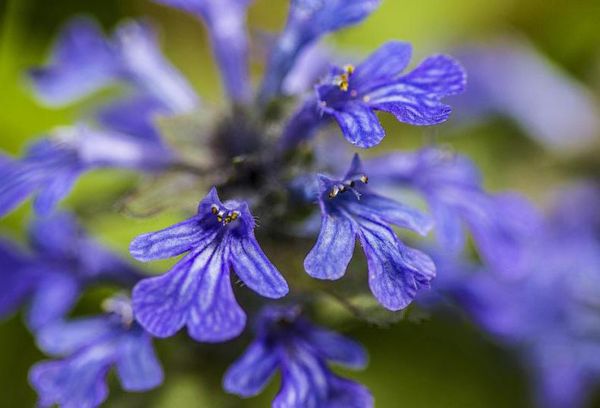
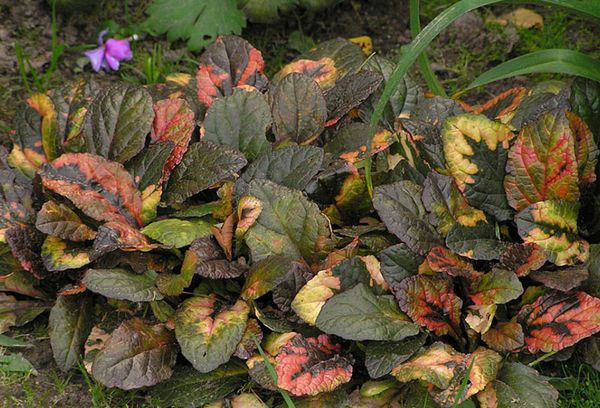
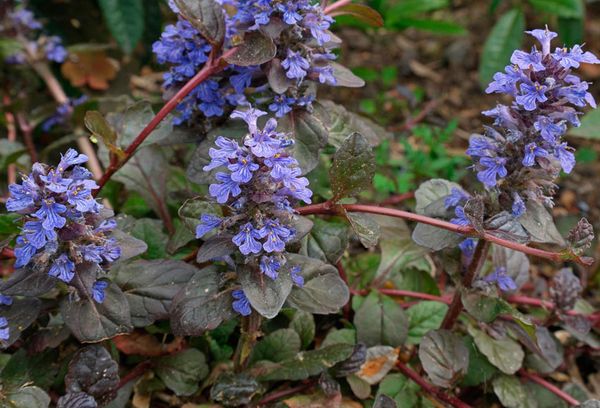

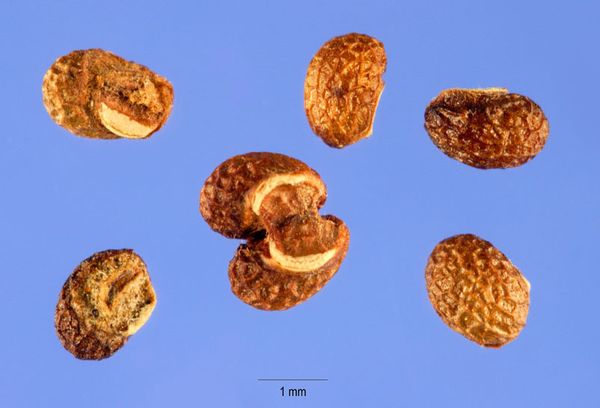
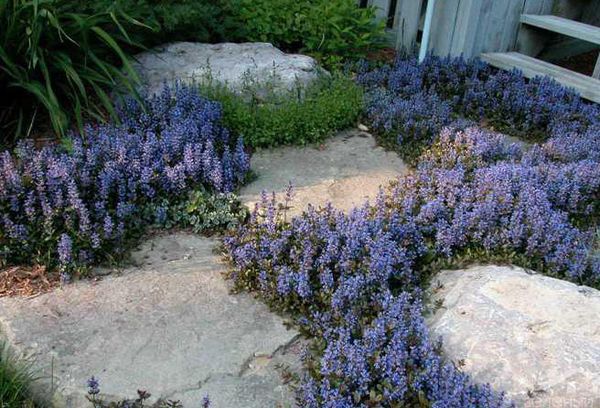

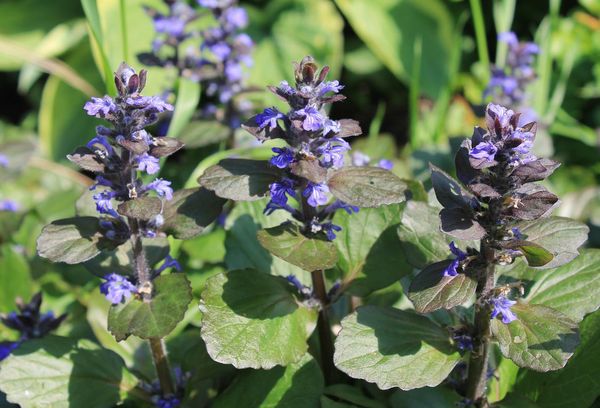


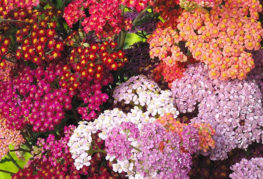
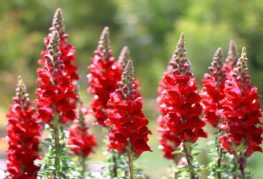

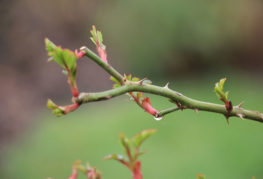
and will be published shortly.